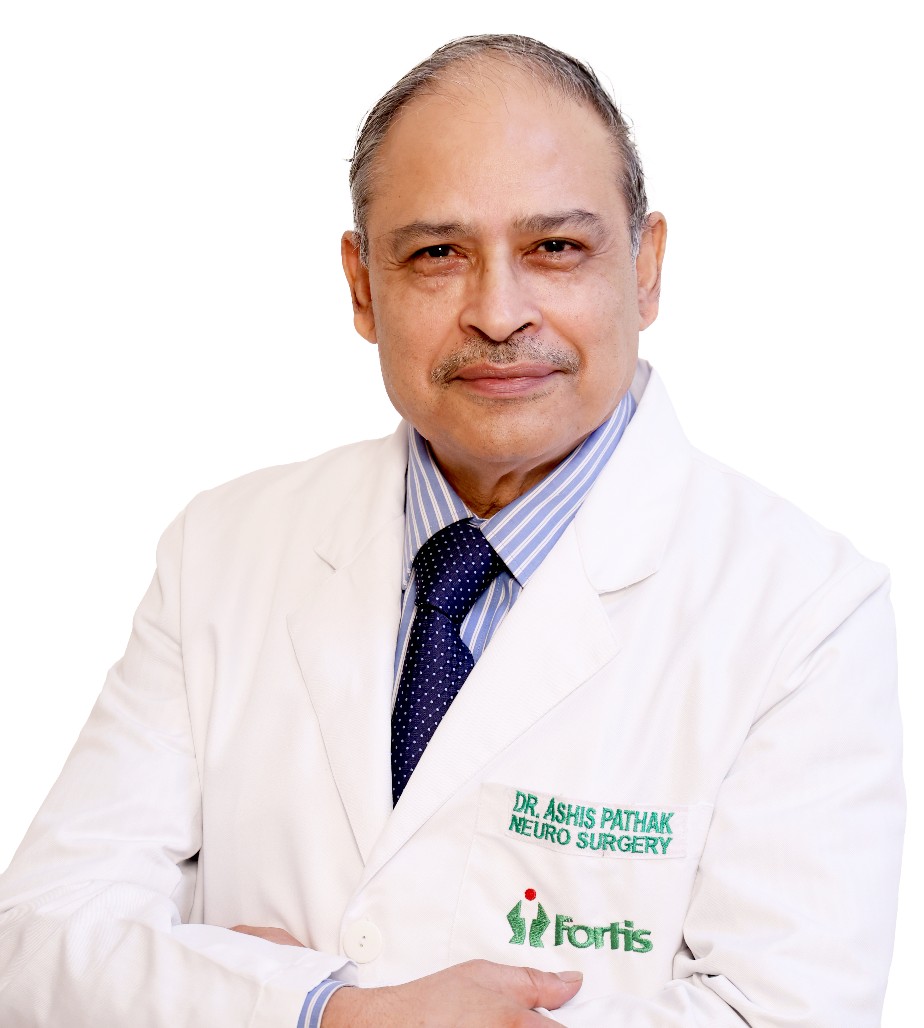
Chandigarh
8 June 2023
DIVYA AZAD
Brain tumour is a neurological disorder and affects several people across the world each year. The incidence of brain tumour is around 14-15 persons per 1 lakh, and out of these, one-third are malignant or cancerous tumors. To educate people on identifying the signs and symptoms of the disease, World Brain Tumour Day is observed on the 8th of June every year. The theme of this year is, “Uniting for Hope: Empowering Brain Tumor Patients”.
Prof Ashis Pathak, Director, Neuro Surgery, Fortis Hospital Mohali, in an advisory gives an insight into brain tumour and its treatment options.
What is a brain tumour?
Brain tumour is a lump in the brain caused by uncontrolled growth of cells, disrupting the brain function. These are primarily of two types – benign and malignant. Based on their severity, malignant brain tumours are characterized under Grade I, Grade II, Grade III and Grade IV – the latter being the most harmful.
Are brain tumours genetic and who is at risk?
Stating that not all tumours run in the family, Dr Pathak, added, “There are certain categories of tumours that have a familiar or a genetic basis. Neurofibromatosis is a genetic alteration that usually runs in a family. Such patients are prone to having multiple brain tumours. Sometimes, if you have a tumour in one part of the body as part of a genetic alteration, you can also develop a tumour in the brain. We must understand that smoking can cause tumours in the lungs, which can later spread to other parts of the body (metastasis).” He further said that brain tumour could affect anyone, including neonates, children, adults, or even those in the older age group. There is also no such distinction between men and women.
What are the common predisposing factors for brain tumours?
Dr Pathak said factors that contributed to an increased risk of getting a brain tumour include age, gender, hereditary or genetic, radiation therapy, repeated CT scans, and exposure to chemicals and allergens. People above 65 years of age are more prone to develop the condition.
When to suspect a brain tumour?
* Persistent headaches that worsen over time
* Nausea and vomiting in the morning
* Seizures or fits
* Difficulty in walking or speech disturbances
* Deteriorating or gradual loss of vision
* Worsened hearing
Investigation
Dr Pathak said, “A tumour causes pressure and swelling on the brain. In such cases, the patient should seek immediate treatment. Medical investigations are required to see if the tumour has spread from other parts of the body.” However, not all tumours need treatment by surgical intervention. A PET scan helps detect an abnormal tumour in any part of the body, be it the brain or other parts of the body from which it has spread. An MRI scan can detect tumours which arise from the pituitary gland. Investigations might show that some of these pituitary tumours can be treated through medication. An MR spectroscopy can help differentiate non tumourous lesions from low-grade or high-grade brain tumour.
How is brain tumour surgery performed?
Dr Pathak said the latest Neuro-navigation system helps neurosurgeons to navigate precisely in deeper areas of the brain without harming the eloquent areas. “The use of intra-operative, electrophysiological monitoring, high-end microscopes, fluorescent dye, intra-operative ultrasound and neuro endoscope have greatly improved the surgical precision and minimized the complications after a brain tumour surgery,” added Dr Pathak.
Ancilliary Treatment
* Radiation: High-powered rays are used to kill cancer cells of the brain and destroy tumours. The treatment depends on the type, size and location of the tumour, and a patient’s age.
* Chemotherapy: Chemotherapy can be just a single drug or a combination of oral and injectable anti-tumour medicines. It is usually given in cycles. Patients undergoing chemotherapy for brain tumour often don’t require hospitalisation.














































